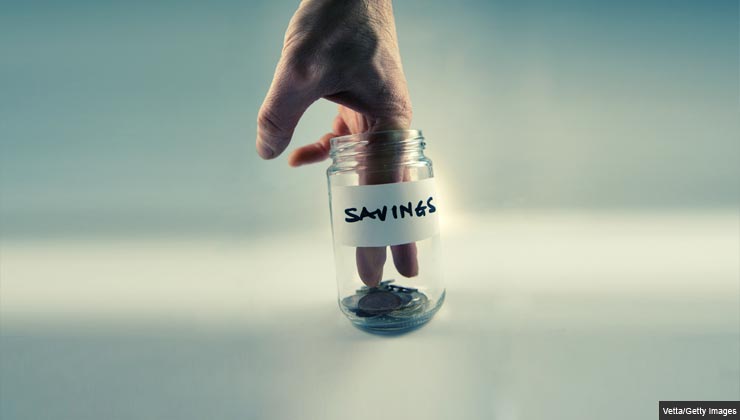AARP Hearing Center
If you're been struggling with a mound of debt for quite some time and are also working hard to create or preserve an emergency savings account, you may be wondering if you should switch gears and favor one goal over the other.
Prioritizing your debt payments is always a good idea, but you need to determine whether the consequences of paying down debt faster really are better than building up a savings fund.
See also: Emergency fund vs. Rainy day fund
I generally recommend that you try to accomplish both goals simultaneously, even if you can only pay some debt and build your savings little by little.
But for some people, focusing all their efforts on paying off high-interest debt and then shifting towards saving is the best way to get more control over their finances and stop worrying about debt. Also, for those individuals with absolutely no savings, it can be prudent to at least build some cash cushion before going all-out to knock out debts.
Here are some tips for handling the savings vs. debt payoff dilemma:
Reasons to Pay Off Debt First:
1. You want to lower your monthly payments quickly.


Paying off high-interest debts will reduce your overall monthly payments, which frees up more cash for savings and other expenditures. So, if your primary objective is to slash your monthly bills and more quickly free up cash, you'll want to pay off debt as soon as possible.































































